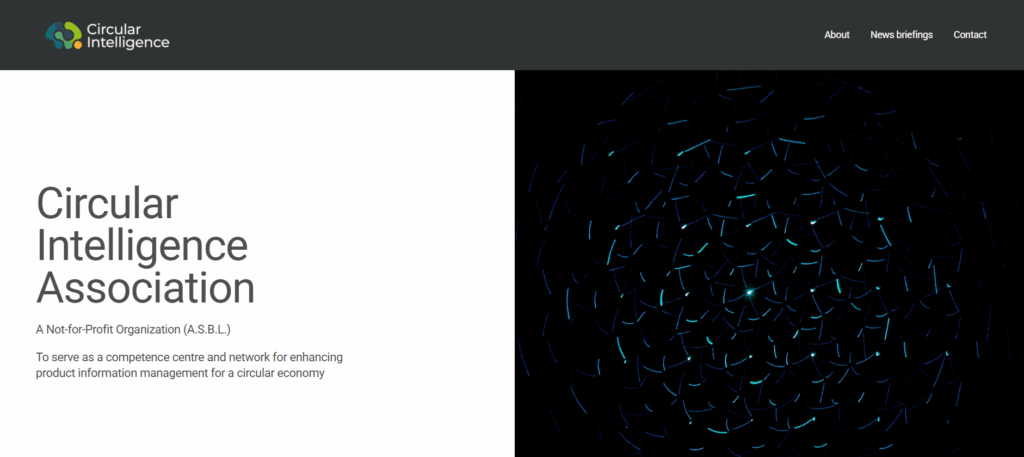What if every product could tell its story? From how it was designed and manufactured to how it can be repaired, reused, or recycled. That’s the question that guided the four-year journey of the CircThread project, now captured in its final video, showcasing how Digital Product Passports (DPPs) can help build the data infrastructure needed for a truly circular European economy.
The video offers a dynamic, visual summary of CircThread’s mission, activities, and outcomes. It highlights the project’s core belief: that information should flow as seamlessly as materials, enabling products to be managed more intelligently, sustainably, and collaboratively across their entire lifecycle.

A Digital Thread Through the Product Lifecycle
The term “CircThread” refers to a “circular thread” of information, a digital continuity that follows a product from its creation to its end of life. The video walks viewers through this concept by illustrating how different stakeholders (manufacturers, service providers, recyclers, consumers, and policymakers) interact with and benefit from product data.
Digital Product Passports developed in CircThread are designed to carry essential information about a product’s components, materials, repairability, usage, and recycling options. This data is stored and exchanged securely across the platform, ensuring that everyone involved in the product value chain can make informed, sustainable decisions.
By providing access to trustworthy and standardised data, DPPs help bridge critical information gaps, enabling circular strategies such as reuse, refurbishment, extended producer responsibility, and smarter design for disassembly.
Policy Alignment: Supporting Europe’s Circular Economy
One of the central achievements highlighted in the video is how CircThread contributes directly to the European Union’s sustainability objectives, particularly through alignment with the Ecodesign for Sustainable Products Regulation (ESPR). DPPs are seen by the European Commission as a cornerstone for sustainable product policy, and CircThread has helped demonstrate their real-world feasibility.
Through collaboration with regulatory bodies, the project developed several policy briefs focusing on key aspects of circular product governance: from data contracts and traceability to consumer empowerment and eco-design.
Real-World Use Cases and Sector Impact
The video doesn’t stop at theory. It shows how CircThread piloted its tools across appliances to test their applicability and gather feedback from stakeholders. These uses cases demonstrated how DPPs can be embedded into complex value chains and used to identify both opportunities and challenges for future scaling.
Each use case helped validate CircThread’s approach to interoperability, decentralised data exchange, and service-oriented architecture. More importantly, they confirmed that when data is made available, stakeholders can act more responsibly, efficiently, and transparently.
A New Chapter: The Circular Intelligence Association
To ensure the project’s legacy continues beyond its Horizon 2020 funding, the video also announces the creation of the Circular Intelligence Association—a new organisation that will support the long-term adoption, governance, and innovation of DPPs and digital circular economy tools.
This initiative is an open invitation to companies, governments, researchers, and civil society to join a collaborative ecosystem committed to building the digital backbone of Europe’s circular future.

Watch and Share the Vision
The CircThread final video encapsulates a bold, hopeful vision: a future where product data is no longer locked away, but flows across systems and sectors to unlock sustainability at scale. Whether you’re a policymaker, business leader, academic, or curious citizen, this video offers a compelling glimpse into what digital circularity can look like.